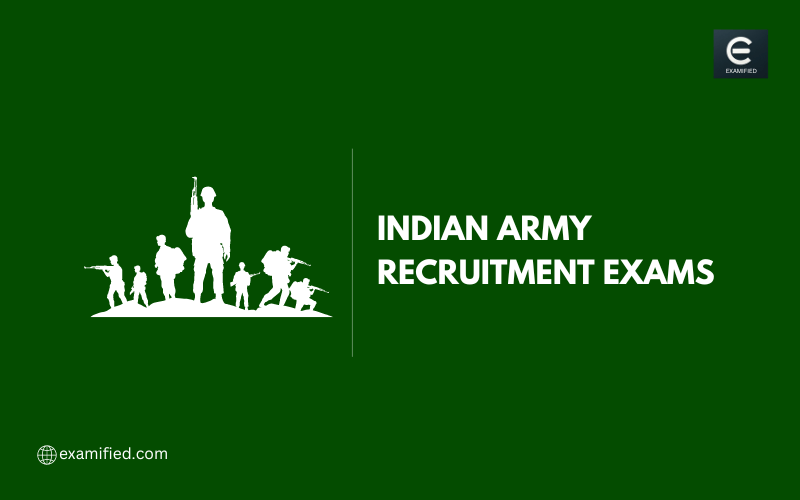
The extensive history of the Indian Army spans millennia, with its roots deeply embedded in ancient epics such as the ‘Ramayana’ and ‘Mahabharata.’ The latter, famously fought at Kurukshetra, showcases a vast scale of warfare involving a multitude of troops across chariots, horses, elephants, and foot soldiers. Throughout epochs, wars were often waged with the goal of attaining peace and justice, guided by the philosophical essence of ‘dharma’ and the pursuit of universal harmony, as depicted in ancient scriptures like the ‘Yajurveda.’ Despite numerous invasions from Central Asian and Greek forces, native kingdoms frequently displayed resilience and adaptability, assimilating foreign military practices while upholding the significance of infantry warfare.
Over time, successive dynasties such as the Mauryas and Guptas consolidated their military prowess, employing various strategies and innovations, including the incorporation of war elephants. However, the advent of Islamic invaders marked a significant turning point, bringing forth new challenges to Indian civilization. Concurrently, regional powers like the Cholas in the south expanded their influence through maritime trade, facilitating the dissemination of Hindu culture across Southeast Asia. These historical dynamics underscore the enduring importance of the Indian Army, reflecting not only military accomplishments but also cultural and diplomatic exchanges that have profoundly influenced the subcontinent’s identity over the ages.
The Mughal Empire’s army, instrumental in its rise and expansion from the 16th to the 18th century, underwent significant transformation under Emperor Akbar’s leadership, transitioning from its central Asian cavalry origins to a distinctive structure led by Mansabdar officers. By the 17th century, it emerged as one of the world’s largest military forces, boasting estimates ranging from 911,400 to 4,039,097 infantry and 342,696 cavalry, or approximately 4 million soldiers according to Abul Fazl’s census, with less than half a million trained in cavalry tactics. This vast and diverse army played a crucial role in consolidating Mughal dominance across the Indian subcontinent.